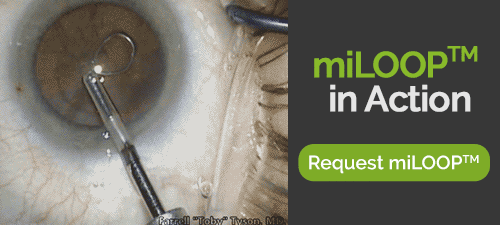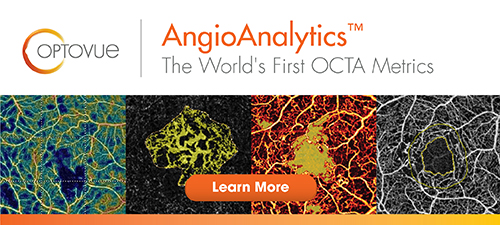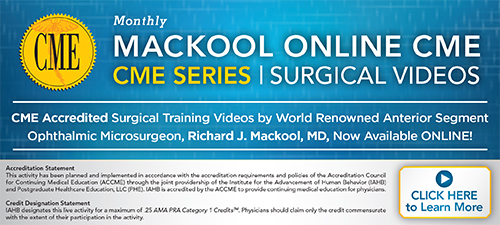JULY IS UV SAFETY MONTH
FROM THE EDITORS OF REVIEW OF OPHTHALMOLOGY:

![]()
![]()
|
||||
|
Intravitreal Aflibercept for Exudative AMD with Good VA Researchers reported the two-year outcomes of intravitreal aflibercept for exudative age-related macular degeneration with good visual acuity, and examined the baseline factors associated with good visual outcome.
|
|
| SOURCE: Sakamoto S, Takahashi H, Inoue Y, et al. Intravitreal aflibercept for exudative age-related macular degeneration with good visual acuity: 2-year results of a prospective study. Clin Ophthalmol 2018;12:1137-47. |  |
|
Switching from Prostaglandin Analog Monotherapy to Prostaglandin/Timolol Fixed Combination Therapy or Adding Ripasudil Researchers compared the effectiveness and safety of switching from topical prostaglandin analog monotherapy to topical PG/timolol fixed combination therapy or adding topical ripasudil (Kowa’s Glanatec, a rho-kinase inhibitor available outside the United States) therapy, as part of an open-label, prospective, randomized, parallel group, comparative study.
|
|
| SOURCE: Inoue K, Ishida K, Tomita G, et al. Effectiveness and safety of switching from prostaglandin analog monotherapy to prostaglandin/timolol fixed combination therapy or adding ripasudil. Jpn J Ophthalmol 2018; May 24. [Epub ahead of print]. |  |

|
|
 |
|
Review of Ophthalmology® Online is published by the Review Group, a Division of Jobson Medical Information LLC (JMI), 11 Campus Boulevard, Newtown Square, PA 19073. To subscribe to other JMI newsletters or to manage your subscription, click here. To change your email address, reply to this email. Write "change of address" in the subject line. Make sure to provide us with your old and new address. To ensure delivery, please be sure to add reviewophth@jobsonmail.com to your address book or safe senders list. Click here if you do not want to receive future emails from Review of Ophthalmology Online. Advertising: For information on advertising in this e-mail newsletter or other creative advertising opportunities with Review of Ophthalmology, please contact sales managers James Henne or Michele Barrett. News: To submit news or contact the editor, send an e-mail, or FAX your news to 610.492.1049 |


